Proactively make response decisions
At the end of October 2025, floods caused severe damage, serious landslides, and isolated many villages and communes in the mountainous areas west of Da Nang City.
During this flood, the two-level government model has demonstrated its superiority through the proactive decisions and drastic actions of communes and wards to handle storm situations such as evacuating people to minimize damage and reserving essential goods for timely distribution to people.
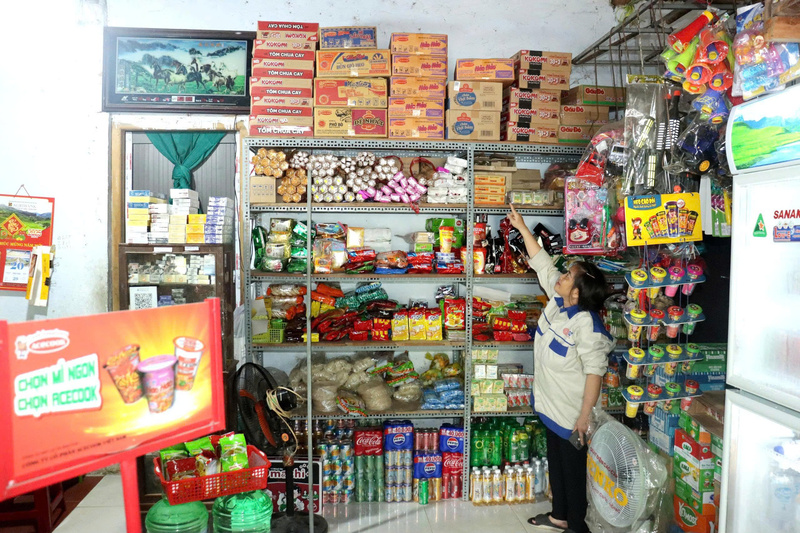
Grocery stores in A Vuong commune proactively increased their stock of essential goods before the flood season following the request of the Commune People's Committee. Photo: Hien Thuy
This is most evident in A Vuong commune. As soon as there was a forecast of prolonged heavy rain and a risk of landslides, the commune leaders immediately started checking areas at risk of landslides to evacuate people early.
Therefore, human losses were prevented, typically on October 28, the hill in Ateép village located near the Vietnam - Laos border collapsed, burying the houses of 27 households at the foot of the hill. Seeing that scene, everyone felt heartbroken, but also "relieved" because before that, the commune government had proactively evacuated all households in this area to a safe shelter.
In addition, the commune proactively reserves food and essential foodstuffs. Implementing the direction of the City People's Committee and the Department of Industry and Trade, the commune has issued a document requesting departments, offices, units, enterprises, cooperatives, business households and village management boards to take action. Business households increase the amount of goods in reserve; villages prepare warehouses to receive support goods; schools proactively reserve food for boarding students.
So when A Vuong commune was almost completely isolated from the outside, trade and transportation of goods were suspended, the commune still basically ensured food for the people.
“During the more than 10 days the commune was isolated due to landslides, the government coordinated with functional forces to carry out necessary tasks so that people would not go hungry or cold. With the 2-level local government model, the locality has been more proactive, flexible, self-deployed and self-responsible, ” said Chairman of the People’s Committee of A Commune, Vuong Briu Quan.
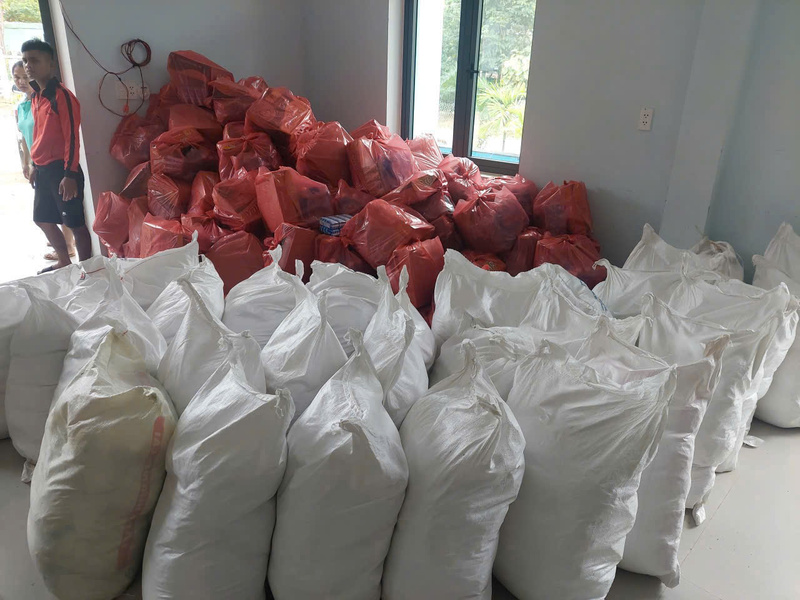
On the morning of November 6, A Vuong commune proactively purchased 10 tons of rice and many necessities to distribute to villages before storm No. 13.
Immediately after the flood passed, in anticipation of storm No. 13, the People's Committee of A Vuong commune proactively purchased 10 tons of rice, 1,000 boxes of instant noodles and other necessities to support the people in the villages. The delivery and distribution of all the above food and foodstuffs to the villages was completed on the morning of November 6, before storm No. 13 made landfall so that people could feel secure in facing the storm.
Not only A Vuong commune, many communes and wards in Da Nang city have also proactively taken early response measures. Especially in mountainous communes such as Tra Leng, Tra Doc, Tay Giang... both in terms of evacuating people and property, as well as having detailed plans to reserve essential goods for people.
Clear decentralization and delegation of powers increase the initiative of local authorities.
During the recent flood, the entire city organized evacuation: 4,835 households/15,886 people out of deep flooded and dangerous landslide areas.
Close coordination between departments, branches and sectors with People's Committees of communes and wards creates a combined strength, helping to effectively mobilize forces, means and logistics.
The Civil Defense Commands of communes and wards have closely coordinated with armed forces such as the army and police in handling evacuation situations, handling landslides, and providing food to the people. Therefore, the evacuation was carried out safely and promptly; temporary accommodation was arranged and necessary necessities were provided.

Ga Ry Border Guard Station coordinated with local forces to relocate assets for households in A Ting village, Hung Son commune at risk of landslides to a safe location.
After the flood, localities promptly and proactively reported on the demand for food, groceries and necessities. Based on that, the city's Department of Industry and Trade compiled the demand and worked with suppliers such as supermarkets and distribution companies to ensure the supply of goods to meet people's needs.
At the same time, the Department of Industry and Trade of Da Nang closely coordinated with the City Military Command to promptly distribute 40 tons of rice to communes and wards to ensure food for the people.
In meetings with Government leaders on flood response and recovery, Da Nang City leaders repeatedly affirmed the initial effectiveness of the two-level government model in directing and operating storm and flood prevention and response work. Clear decentralization and authorization help shorten the time to handle situations and increase the initiative of local authorities.
At the meeting, Mr. Tran Nam Hung, Vice Chairman of the People's Committee of Da Nang City affirmed: The 2-level government model has been very effective. The grassroots level is very proactive, determined, and responsible. This is a very good thing. The cadres of the communes and wards are highly responsible, staying up all night with the people, close to the people.
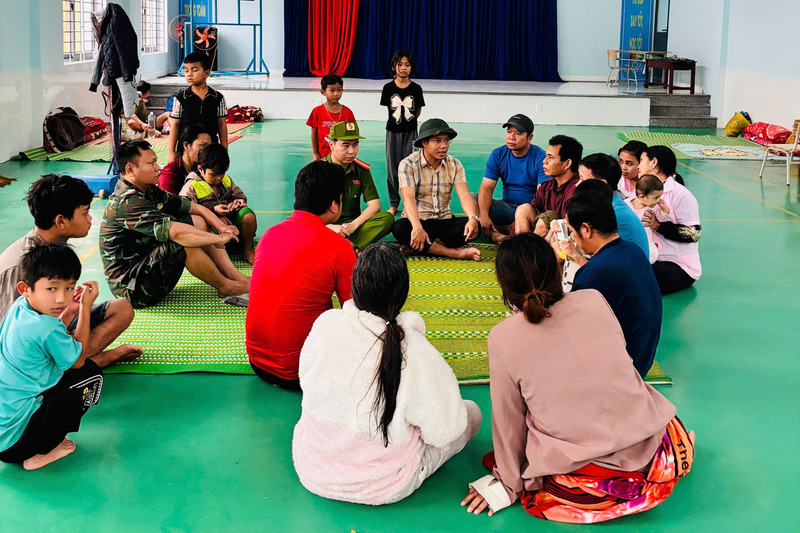
Clear decentralization and authorization in the two-level government increases the initiative of Da Nang communes and wards in making decisions to evacuate and relocate people, contributing to minimizing damage caused by floods.
Meanwhile, Secretary of the Da Nang City Party Committee Le Ngoc Quang, in a meeting on overcoming the consequences of floods and responding to storm No. 13, also praised the flexibility and initiative of the local authorities in responding to the historic floods. “Although the local forces are very thin, they are very creative and persistent, and the cadres are working day and night to handle the situation. This is also an opportunity to test the operation of the Civil Defense Command model from the city level to the grassroots level in coordination with the armed forces to respond to floods.”
Reality shows that during storms and floods, the proactiveness and flexibility of grassroots localities (communes and wards) are very important. This is also an experience to increase decentralization and delegation of power to grassroots levels not only in responding to natural disasters but also in managing other socio-economic activities.
The heavy rain and floods in Da Nang City have shown that the 2-level government model (city - commune, ward) is clearly effective in directing and operating natural disaster prevention and control work. Clear decentralization and authorization help shorten the time to handle situations and increase the initiative of local authorities.
The close coordination between departments, branches and sectors with the People's Committees of communes and wards creates a combined strength, helping to effectively mobilize forces, means and logistics, contributing to minimizing human and property damage to people in natural disasters.
This is also an experience to increase decentralization and delegation of power to the grassroots level not only in responding to natural disasters but also in managing other socio-economic activities.
Source: https://congthuong.vn/chinh-quyen-2-cap-phat-huy-tinh-chu-dong-cap-xa-phuong-trong-mua-bao-429498.html


![[Photo] Da Nang: Hundreds of people join hands to clean up a vital tourist route after storm No. 13](https://vphoto.vietnam.vn/thumb/1200x675/vietnam/resource/IMAGE/2025/11/07/1762491638903_image-3-1353-jpg.webp)







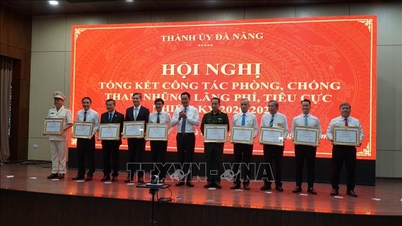


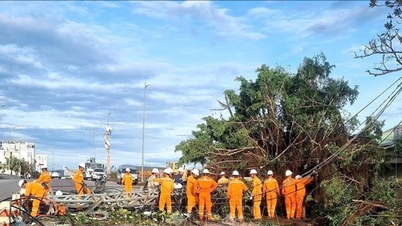

























































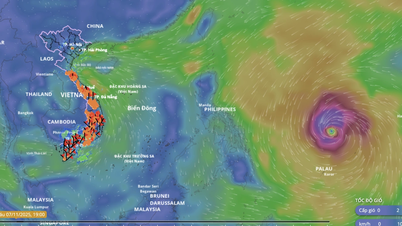











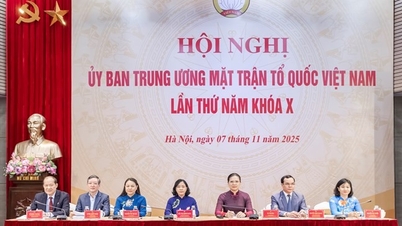
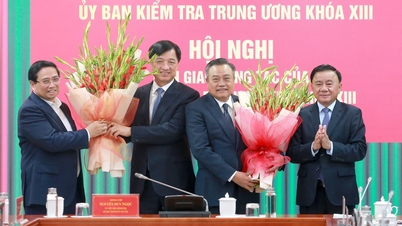





![[Photo series] Bu Gia Map National Park "tells stories" of changing seasons](https://vphoto.vietnam.vn/thumb/402x226/vietnam/resource/IMAGE/2025/11/08/1762556754197_ttttttttttttttttt_20251107112659.jpeg)




















Comment (0)